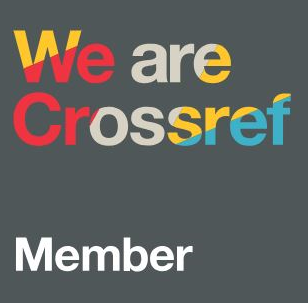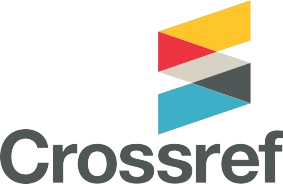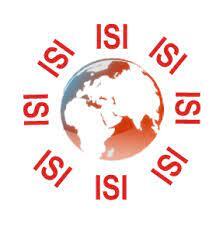Integrated management of Bacterial Leaf Blight disease of rice using nitrogen fertilizer and growth regulators
DOI:
https://doi.org/10.62103/unilak.eajst.4.4.61Keywords:
Chlormequat, ethephon, Bacterial leaf blight,, susceptibility, inoculation and riceAbstract
A factorial experiment was conducted in 2010 and 2011 in Bende, Abia State, South Eastern zone of
Nigeria, to determine if these growth regulators (chlormequat and ethephon) could be used in the control of Bacterial leaf blight (BLB) disease in a place where it is highly prevalent, using a susceptible rice variety (Faro 44) under high nitrogen fertilization. Three rates of nitrogen fertilizer: 0, 30, 60 kg N/ha, three inoculation rates: no inoculation (control), inoculation at tillering and seed soaking overnight in 600 mg/1 chlormequat and ethephon. These were tested in a split-plot design to establish if BLB could be controlled with the concentration (600 mg/1) of these chemicals using seed soaking technique. Application of nitrogen fertilizer to rice crop increased the incidence of BLB disease. The two growth regulators, especially chlormequat, reduced incidence of BLB disease and increased grain yield. This occurred even at high rates of nitrogen fertilization when the incidence of BLB was usually increased. Both chlormequat and ethphon also reduce plant height, root length, leaf water potential and stomatal resistance. However, chlormequat was better than ethephon in reducing the susceptibility of rice (Faro 44) to BLB and suppressing the incidence of the disease. It is therefore desirable to apply both chlormequat and supplemental nitrogen fertilizer where BLB susceptible rice varieties are planted.








